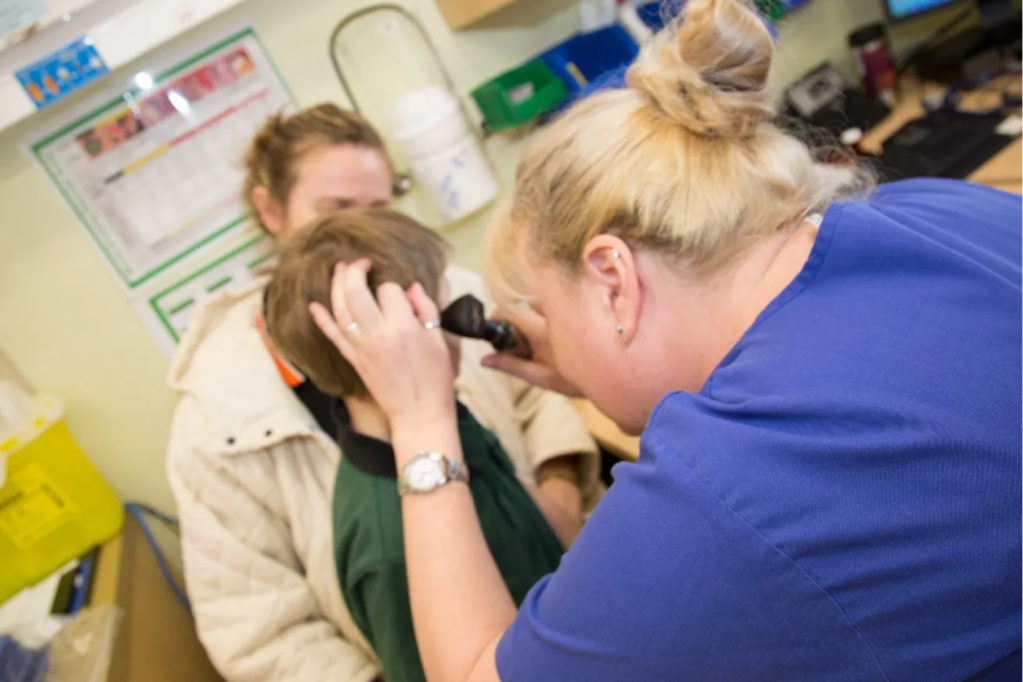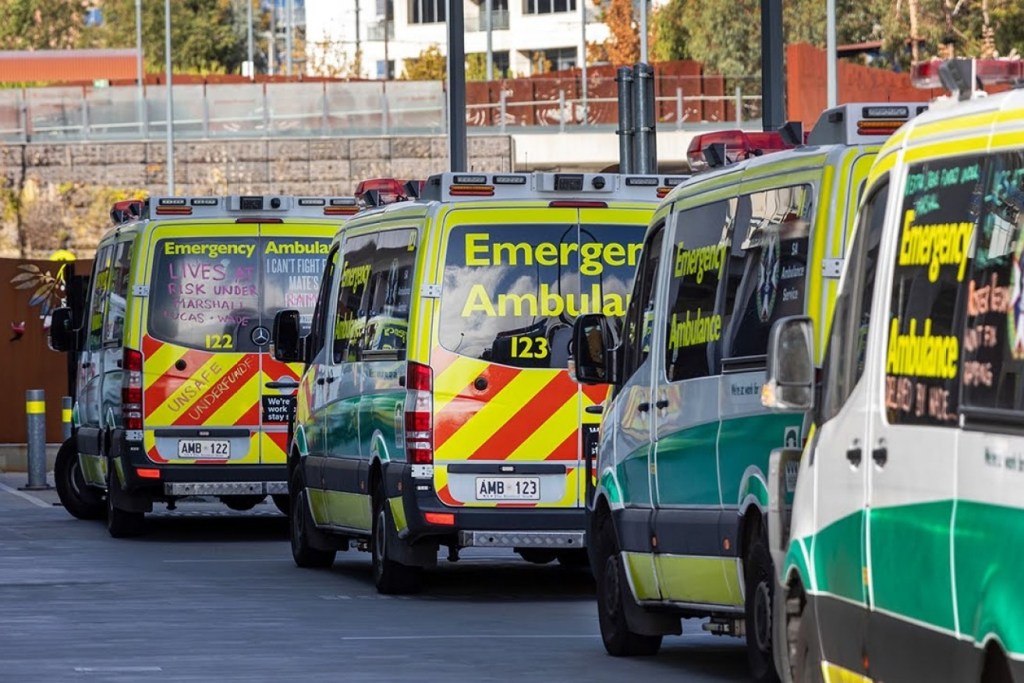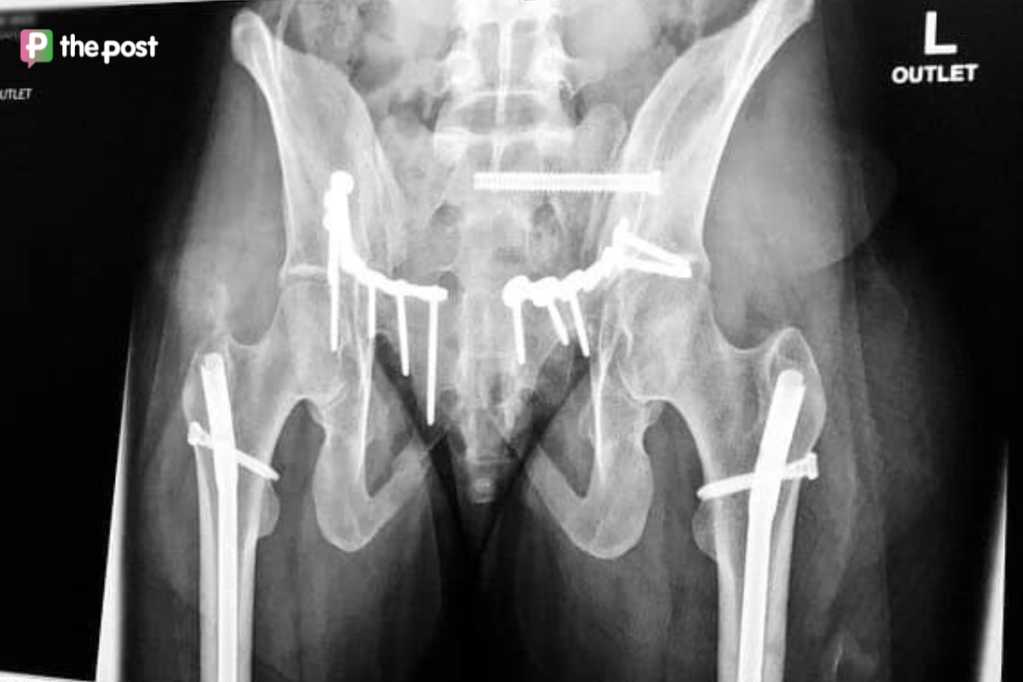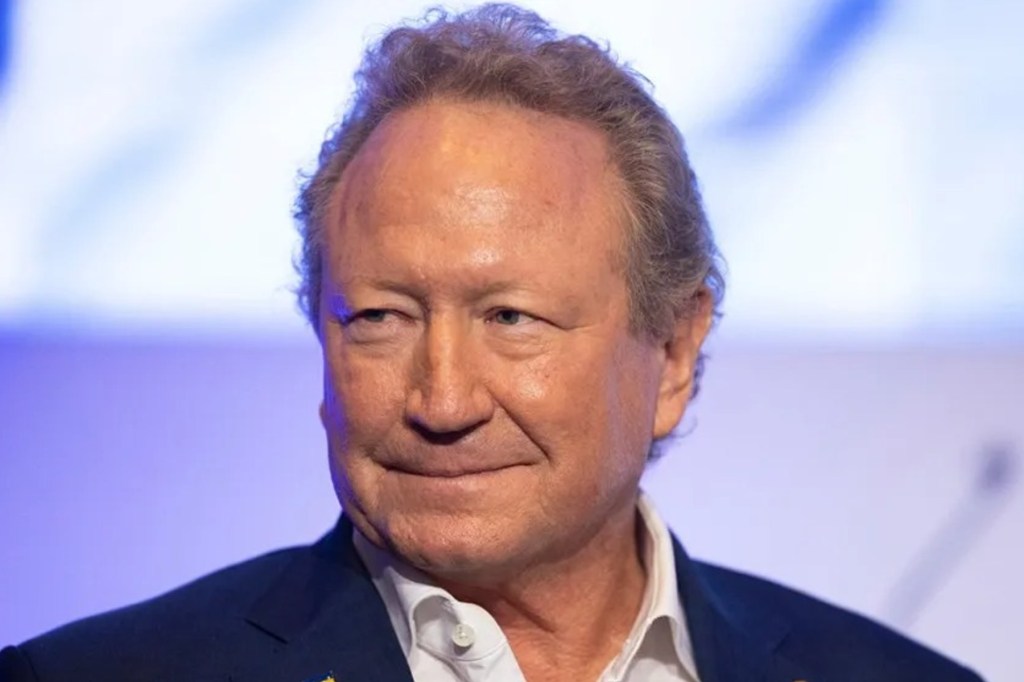Calls for regional healthcare funding as life expectancy gap remains
The National Rural Health Alliance is calling for more funding for regional healthcare in South Australia, after a report showed life expectancy remains lower in rural areas and a hefty national grant has so far skipped the state.

Minister for Health and Aged Care Mark Butler last week announced recipients of round four of five rounds in a national grant to support innovative healthcare trials in rural areas, with the six projects to receive funding located in New South Wales, Victoria and Queensland.
There have been 10 recipients of the grants so far, with the final round of recipients to be announced midyear. None of the recipients of the four-year $24.7 million Innovative Models of Care (IMOC) program have been from South Australia.
The Department of Health and Aged Care told InDaily that grants under the program were awarded following a competitive process, with the geographic location of trials considered when ranking the trials as suitable for funding.
This followed the 2024 State of Australia’s Regions report, which showed the average life expectancy remains lower in regional areas across all states, with Adelaide’s reported as 83.3 years, while the rest of SA recorded 82.2.
Chief executive of NRHA Susi Tegen told InDaily the current opportunities for funding from the government were “still very much often city-centric”.
“The funding models of the government do not match what is needed at a local level,” Tegen said.
You might like
“Communities are currently having to raise [money for healthcare] … after the communities have paid their taxes, have paid their Medicare levy, have worked in the industries that actually bring in income for the rest of Australia to enjoy.
“We all love the income from the exports, but what people don’t talk about is if you want those industries to do well, you actually have to support the entities and individuals that support those industries.”
Tegen said she felt there was a disconnect between city and rural areas, and that “urban people” only think about rural areas “when they go on holiday, or when avocados or lettuce cost more money”.
“How can we keep justifying that it is okay for those communities to suffer, not to be able to provide medical and allied health and nursing… and Aboriginal health services, because they don’t fit into federal and state government guidelines, which are actually written for the city?”

People in regional and rural Australia often have to travel great distances for adequate healthcare. Photo: National Rural Health Alliance / X
Tegen felt the issue in part stemmed from a lack of medical students coming to regional and rural areas.
Stay informed, daily
“Because people are feeling they’re not receiving enough support to deliver care in rural [areas], they are not considering rural,” she said.
The Department of Health and Aged Care told InDaily workforce challenges were being addressed across multiple processes and that more than $4 billion had been committed to healthcare in the last budget, including to fund several reviews.
Tegen said the government approach is not meeting the actual needs of regional and remote communities.
“You can’t keep leaving Aboriginal communities and rural people out of the decision-making process – they’re tired of reviews and reforms,” she said, adding that she believed rural Australia did not get the same healthcare attention “because there aren’t any votes in those communities”.
“Rural Australia is not a developing country, tey are a powerhouse of economic contributions,” she said.
“It’s sending a message to rural Australians that you’re not important… we’re getting upset about things in other countries and we can’t even look after our Aboriginal population, we can’t look after our rural populations.
“We’re not stupid. We’re not ignorant. Our health is suffering.”
Tegen said while the issue was not “city versus country”, she felt city populations were not sufficiently aware of the needs of rural areas.
“In the city you’ve got an alternative. If one school isn’t good, you can send your child to another school. If one health system isn’t good, you’ve got a myriad of other health systems or health practitioners you can go to,” she said.
Minister for Health and Wellbeing Chris Picton said the state government was working with the Albanese Federal Government “on their areas of responsibility”.
“While it is positive that South Australia has the second-best life expectancy of any regional area in the country, we know there is much more to do,” he said.
“For our part, the State Government has increased the budget for regional health services by $165 million over the past two years.
“Early works are underway for significant upgrades to Gawler, Naracoorte and Kangaroo Island hospitals, while design works have started for several others including Mount Barker, Mount Gambier, Port Pirie, Port Augusta and Whyalla, Victor Harbor and Clare.”








